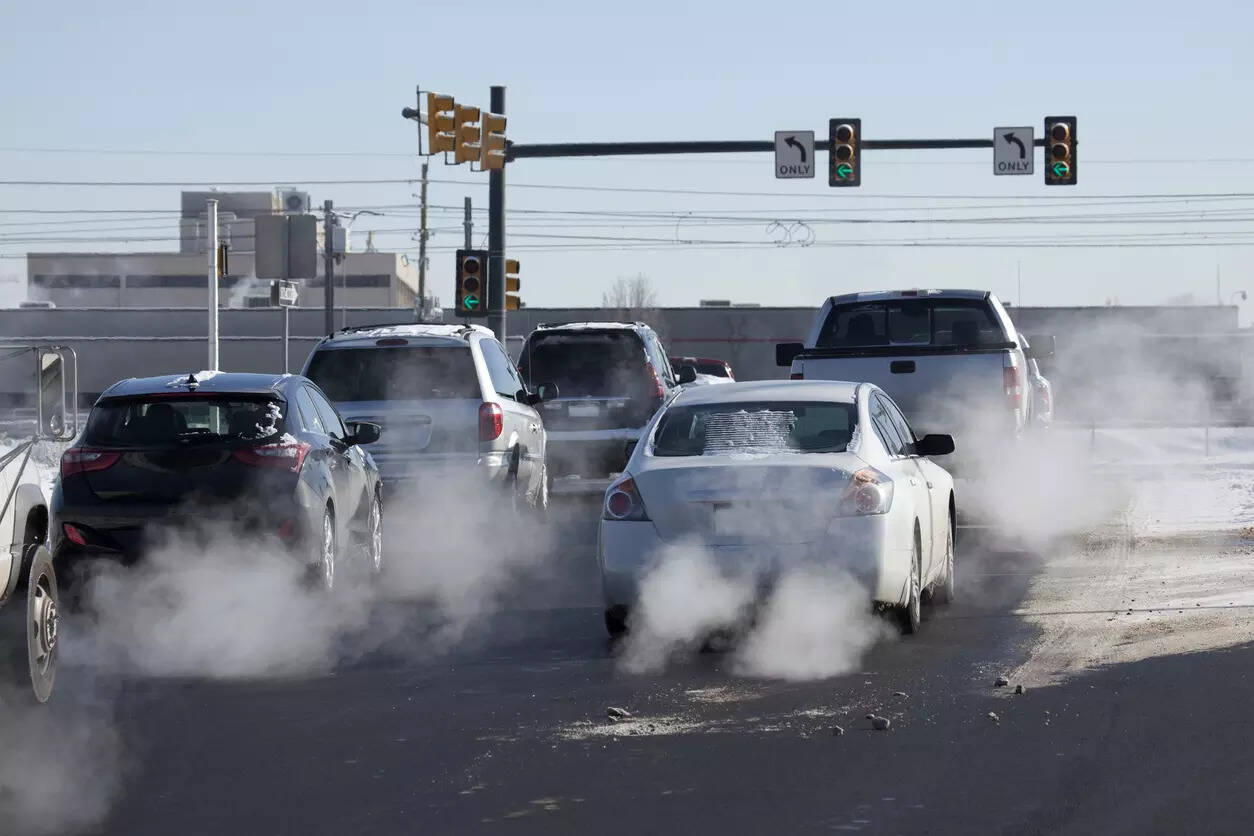
The U.S. Environmental Protection Agency (EPA) sent to the White House for review its proposal to finalize sweeping emissions cuts for new cars and trucks through 2032 that could drastically boost electric vehicle sales, a document made public on Friday shows.
The EPA in April proposed requiring a 56% reduction in projected fleet average emissions over 2026 model year requirements.
Under the initial EPA proposal, automakers are forecast to produce 60% EVs by 2030 and 67% by 2032 to meet requirements.
A group representing major automakers has called the EPA plan “neither reasonable nor achievable” while environmentalists, electric vehicle maker Tesla and many Democratic lawmakers want the agency to finalize tougher requirements. The EPA plans to finalize its new emissions rules by March.
The draft final rule, sent late on Thursday to the White House Office of Information and Regulatory Affairs, is undergoing interagency review after more than 250,000 public comments were filed, the EPA said on Friday.
The EPA proposal is one of three major proposed vehicle rules under consideration by the EPA, Transportation (DOT) and Energy departments that could dramatically impact what Americans drive.
Last month, a group representing major automakers urged the Biden administration to make significant changes to the three proposed rules, warning they could force car companies to hastily stop building some gas-powered vehicles.
The Alliance for Automotive Innovation warned the proposed rules “could prematurely force abandonment of many internal combustion engine vehicles and their associated revenue.”
The alliance represents General Motors, Toyota Motor , Volkswagen, Ford Motor, Stellantis and others.
Deputy Transportation Secretary Polly Trottenberg on Thursday said the three agencies are “certainly trying to talk to each other and figure out a way to do this” to achieve climate goals in a way that works for the auto industry.
Automakers have been sounding the alarm about the proposed rules, warning they could result in $14 billion in fines, including $6.5 billion for GM and $3 billion for Stellantis.
The DOT’s National Highway Traffic Safety Administration in July proposed hiking Corporate Average Fuel Economy (CAFE)standards by 2032 to a fleet-wide average of 58 miles per gallon by boosting requirements 2% per year for passenger cars and 4% annually for pickup trucks and SUVs. U.S. automakers want the increase for light trucks cut to 2% annually.
The Energy Department has proposed revising how electric vehicles are treated for compliance purposes, with automakers saying it would devalue EV fuel economy by 72%.

